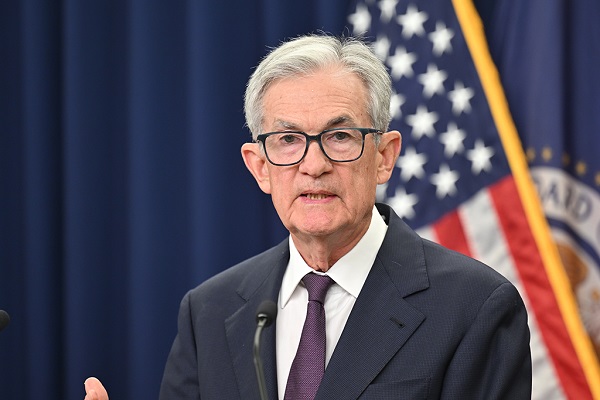.png)
Trump-Xi Hopes Lift Mood as Markets Chase Ghosts of Past Truces
Cross-Currency is BasisPoint’s daily markets note by V. Thiagarajan, decoding global shifts through currencies and the moods that move them.


Venkat Thiagarajan is a currency market veteran.
October 28, 2025 at 5:36 AM IST
It is one of those “read anything as positive” days. A planned Trump–Xi meeting on Thursday, a Federal Reserve seen as likely to cut rates, the shutdown fading into background noise, and five of the Magnificent Seven lining up to report earnings are all being read as tailwinds. Even the ongoing political drift in Washington feels like part of the theatre, not the threat. The only perceptible negative is Halloween at week’s end, and that, too, will likely be spun as seasonal cheer.
Yet beneath the surface optimism lies a familiar fatigue. The US–China deal framework looks like a rerun of a movie that no one quite remembers how it ends, because it never really does. Each cycle begins with smiles, stumbles into tension, escalates to brinkmanship, and ends in a temporary truce that fades with the next translation error or tariff tweet. A touch of farce lingers: mistranslations of Chinese statements, often more hawkish in English than in the original, are reportedly testing nerves on both sides.
Fed: Markets have fully priced in a rate cut tomorrow, but the more consequential story is who gets to lead the Fed next. The coming week will reveal the final line-up of chair nominees, setting the tone for a long battle over the central bank’s independence — likely one of the defining monetary debates of 2026. A dovish appointment could soften front-end yields, but the larger question is whether political intrusion becomes the new normal. For now, traders appear content to suspend disbelief and stay long risk.
US Equities: The hyper-scalers — five of the Magnificent Seven — report this week, and markets will pore over their capital expenditure plans. The AI narrative has carried much of 2025’s equity performance; any hint of capex hesitation could puncture that confidence. Yet in a week dominated by political theatre, it is the numbers that will quietly dictate the mood.
Europe: It is another year of stagnation after the EUphoria over Germany’s fiscal U-turn. The IFO business survey offered the perfect allegory — expectations rose to their highest in over three years, while current conditions worsened again. Optimism about the future continues to coexist with inertia in the present. A close above 1.1650, the 21-day moving average, would be a positive technical signal for a push toward 1.1728, but fundamentals remain unconvincing.
Asia: China’s next five-year plan promises continuity more than novelty. Rebalancing growth toward consumption remains the mantra, but details are scarce, and policy delivery remains reactive rather than strategic. The yuan fixing today confirmed the bias toward a stronger exchange rate, a quiet signal of confidence management. Elsewhere, Japan’s September services PPI rose 3.0%, slightly above August’s 2.7%, while Takaichi’s pledge to usher in “a new golden age” alliance adds a political gloss. Former BOJ policymaker Kiuchi’s yen-supportive remarks, likely meant to please Washington, had the feel of verbal intervention without policy teeth. The yen oscillates in its 152.30–153.30 band, with traders still preferring to test its limits rather than respect them.
Sterling: In the UK, shop price inflation fell to 1% in October from 1.4% in September, reflecting fierce competition and deep discounting. The pound is holding support at 1.3276, with 1.3386 capping the upside. Fiscal unease continues to outweigh any respite from easing inflation.
Emerging Markets: The inexplicable intensity of USD/INR’s recent upmove has traders puzzled. Logic suggests some respite is due, especially near levels that drew heavy RBI intervention just weeks ago. The 88.15–88.35 range has become the market’s emotional ceiling, one defended as much by memory as by macro.
Optimism, then, is less about conviction and more about choreography. The world keeps reading hope into repetition, seeing progress in patterns. One week’s deal is another’s déjà vu, and what feels like movement often turns out to be mood.
Daily Quip
The headlines move faster than the prices, as usual.



